The genealogy and evolution of hybrid discus fish strains
The genealogy of discus fish strains is a complex and evolving process driven by the efforts of dedicated breeders. It involves careful selection, hybridization, and line breeding to create and refine specific traits in discus fish. While I can provide a general overview, it’s important to note that the specifics of individual strains can vary and new developments may continue to emerge.
The genealogy of discus fish strains begins with the wild discus species found in the Amazon River basin in South America. These wild discus, known as Symphysodon aequifasciatus and Symphysodon haraldi, have natural color variations, typically featuring shades of brown, green, and blue. Early breeders primarily worked with these wild discus as the foundation for developing new strains.
The process of strain development involves selectively breeding discus with desirable traits. Initially, breeders focused on enhancing the color intensity and patterns, as well as refining body shape and finnage. Through careful selection and pairing of individuals with desired traits, breeders created the first strains of discus fish.
One of the earliest influential strains is the Heckel discus (Symphysodon discus discus), named after Johann Jakob Heckel, a German explorer. The Heckel discus is characterized by its distinct vertical bars, which provided a basis for subsequent breeding efforts.
Over time, breeders continued to refine and diversify discus fish strains. They selectively bred individuals with specific color patterns, such as solid red, blue, turquoise, or spotted patterns. By crossing different strains and selectively breeding the offspring, breeders created a wide range of strains with unique and sought-after characteristics.
Hybridization played a significant role in the genealogy of discus fish strains. Breeders crossed different strains to introduce new colors or patterns into the genetic pool. For example, crossing a blue strain with a red strain might produce offspring with a combination of both colors. These hybrids often displayed novel and visually striking traits that became the foundation for new strains.
Line breeding, or breeding within a specific strain, also played a crucial role. Breeders selectively bred closely related individuals within a strain to consolidate and intensify desired traits. This practice helped establish consistent characteristics within a strain while maintaining its distinctiveness.
As a result of these breeding practices, various popular discus fish strains have emerged, including the Pigeon Blood, Blue Diamond, Turquoise, Marlboro Red, Leopard Snake Skin, and Royal Blue, among others. These strains showcase a wide array of vibrant colors, unique patterns, and eye-catching appearances that continue to captivate discus enthusiasts.
It’s important to note that the genealogy of discus fish strains is an ongoing process. Breeders continually work to refine existing strains and create new ones by selecting individuals with desired traits, hybridizing different strains, and applying selective breeding techniques. This continuous effort ensures the diversity and ever-evolving beauty of discus fish strains in the aquarium hobby.

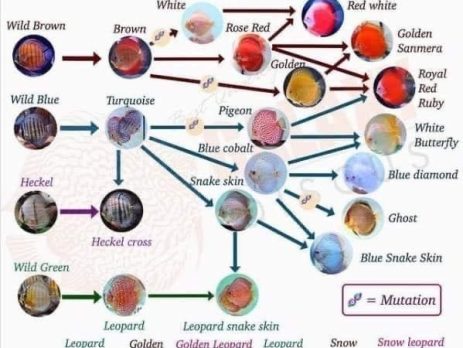
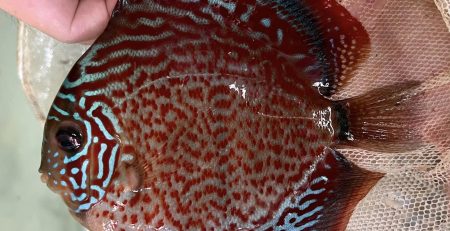
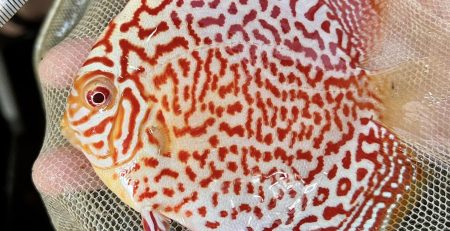

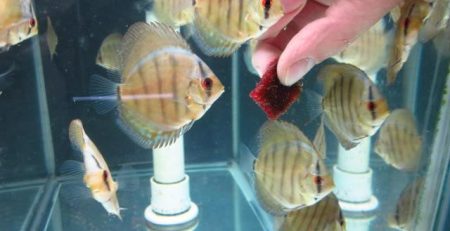

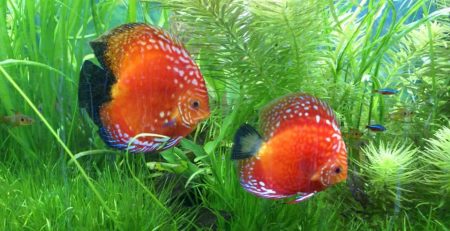
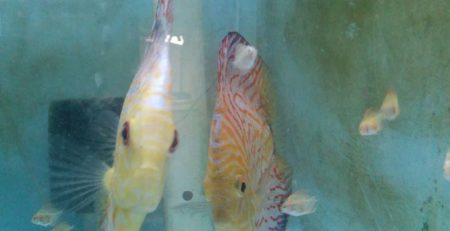
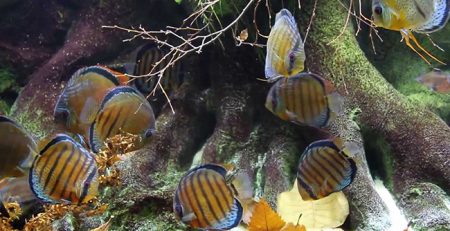

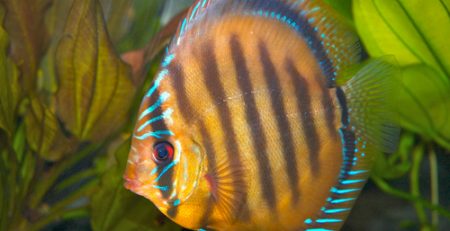
Leave a Reply
You must be logged in to post a comment.